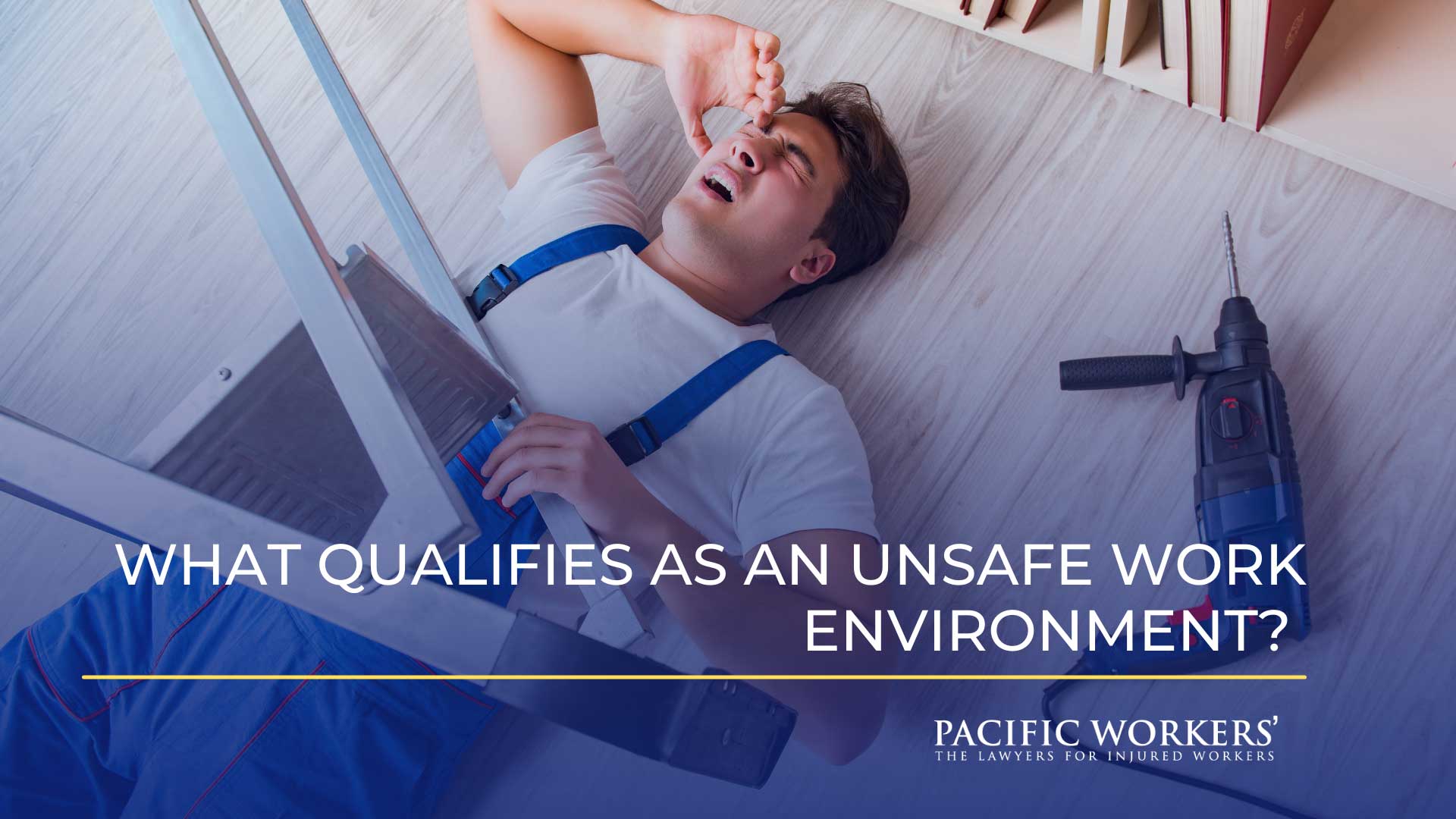As a California employee, you have rights to protect yourself, especially if your job is unsafe. Workers are protected under California's Division of Occupational Safety and Health (DOSH). Safety requirements, inspections, outreach, and education, licenses, permits, and approvals are part of OSHA's mandate.
Employer Obligation under Cal/OSHA
The employer must take reasonable steps to always protect employees from workplace hazards. They must provide a secure workplace and comply with all applicable standards and regulations.
If a workplace hazard is identified, the employer must eliminate the danger right away. When that is not possible, and there is a significant risk to employee safety, employers must warn workers about the situation at hand.
Employer Protections under Cal/OSHA
The employer has a right to be notified of suspected hazards and claims of unsafe working conditions. You must give a written complaint to your employer within sixty days.
In addition, the employer has a right to participate in Cal/OSHA inspections and conferences to discuss alleged working conditions.
Reasonable Accommodation
The employer must provide reasonable accommodation to any employee that falls under the category of a “disability.” They are not responsible for providing accommodations that could put the company at a significant financial burden.
Legal Consequences of Failing to Provide a Safe Workplace
If an employer knows that a dangerous condition exists and does not make a move to correct the situation, you may file a civil lawsuit against them. They are liable for any physical or emotional harm you face due to unsafe conditions.
The employer is responsible for any damages to an employee’s property. They can shoulder the blame if a co-worker is injured because of the risk involved.
As an employee, if you believe your workplace is unsafe, you have the right to report hazardous working conditions. You can also request a safety inspection of the work environment.
When filing a dangerous work environment claim, you must demonstrate that a reasonable employer would have either anticipated or discovered the unsafe condition.
In addition, when filing an unsafe work environment claim, there must be a causal connection between the working conditions and the injuries. The California unemployment law does not recognize a claim for emotional damages.
Complaints to the Occupational Safety and Health Administration
When filing a claim with OSHA, you must submit it within thirty days of the injury or illness. The claim must include:
- A physician's written diagnosis of the disease or injury
- A statement of how the disease or injury happened
- A description of the working conditions that may have caused the disease or injury
- All medical treatment you have received
- All medical treatment you still need
- A description of how your illness or injury limits your ability to work properly
- A description of why you think the unsafe conditions caused your illness or injury
- A description of your job duties
Conclusion
Considering all the legal consequences and protections, it should be evident that your injury claim is related to the employer's negligence in maintaining a safe work environment. While this is a simple overview of unsafe work environment claims, if you are the victim of a personal injury and need legal representation, you have the right to compensation if you are injured on the job.
A top-notch team of workers' compensation attorneys is what you can expect from Pacific Workers', The Lawyers for Injured Workers. To us, your success is our success, and we'll do everything we can to help you achieve your goals.
Call us today at 800-606-6999 for a free consultation!


